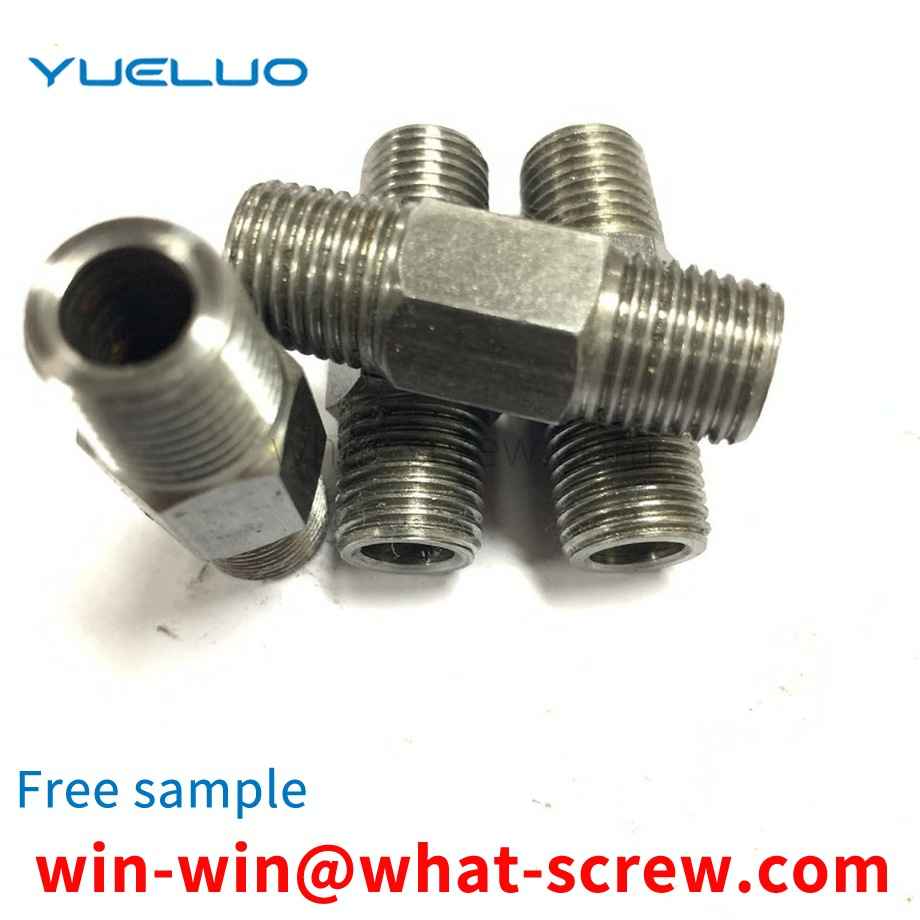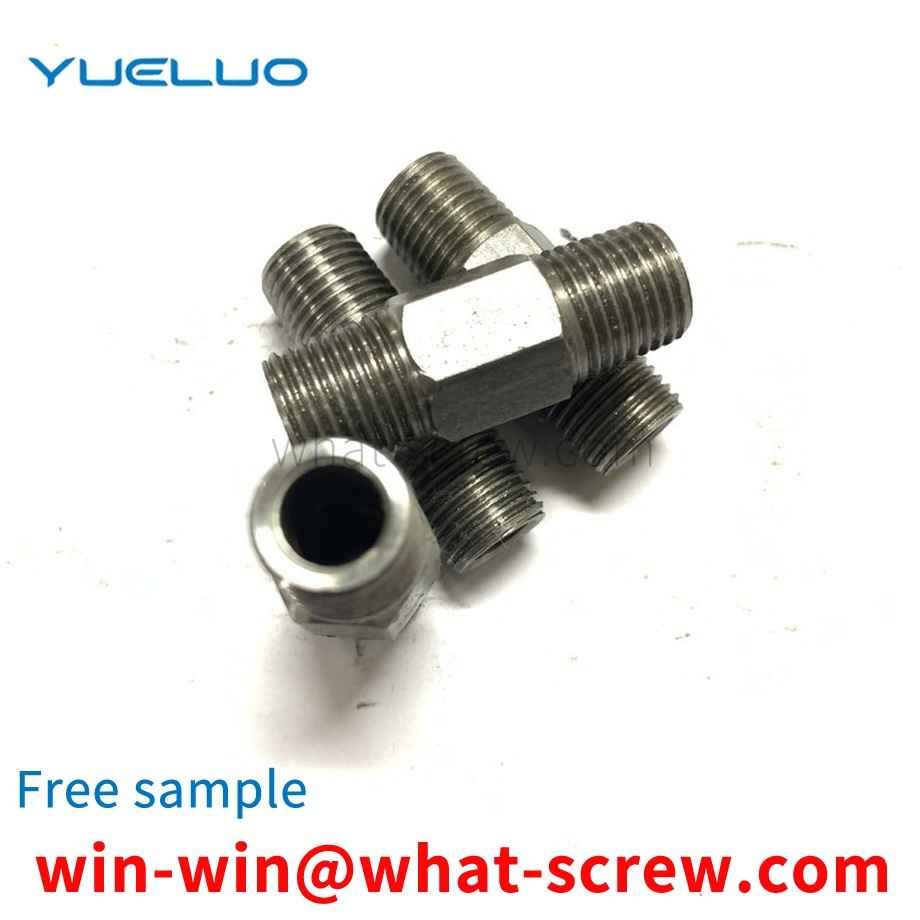Locking of screws belongs to the prior art. Or by means of a visual method (X-ray control) a more or less complex aiming device is inserted into the transverse hole of the screw. In both cases a certain misalignment is unavoidable, ie the screw may not be coaxial with the central axis of the transverse hole and deviate from it by a certain value. In order for the locking screw to pass into and through the transverse hole despite this misalignment, the outer diameter of the screw is determined to be a size smaller than the diameter of the transverse hole. If the aiming is not maintained within this small dimension value, the locking screw can pass through the transverse hole without difficulty despite the aiming error. Now, however, the locking screw has a certain clearance relative to the transverse hole due to the determination of a smaller size value.
The hinge is a hinge, which is often composed of two folds. It is a part that connects the two parts of the object and can make it move. The hinge supporting screws are installed on the corresponding objects. For different use environments, the requirements for the supporting screws are also different. different. Most of the existing screws are set to a single-threaded structure. When used to cut into a wooden door, the cutting speed is slow, and the cutting effect is not ideal, which is not conducive to cutting into a hard wooden door, etc., and the commonly used screws are often made of iron materials. It is easy to rust after contact with water vapor, reducing the service life; in addition, when the screw is driven into the wooden door, the chips generated cannot be discharged in time, and stay inside the wooden door and surround the screw, forming expansion stress, thereby squeezing the wooden substrate, which is not conducive to the screw. The connection with the wooden door is stable, which easily affects the normal installation of the hinge, and the use effect is poor. To sum up, in order to solve the shortcomings of the existing screw structure for hinges, Guangdong Yueluo Hardware Industry Co., Ltd. designed a hinge screw with simple structure, convenient use, fast construction and good effect.
The purpose of Guangdong Yueluo Hardware Industry Co., Ltd. is to provide a new type of open blind rivet suitable for riveting of aluminum Al, steel St, and stainless steel SST sheets with foam material in the middle. The new rivet improves the mandrel process, adopts aluminum mandrel, the head of the mandrel has a pit for easy deformation, and there is a conical stop groove above the breakpoint of the mandrel. The mandrel can be caught by the stopper to prevent the nail head from being exposed. At the same time, lock the core rod not to loosen.
The automatic screw-removing device includes a manipulator and a screw-removing mechanism arranged on the manipulator, and the electric batch can drive the bit to rotate to remove the screws. Therefore, the above-mentioned automatic screw removal device can automatically remove the screws, which improves the removal efficiency and reduces the production cost. At the same time, the above-mentioned automatic screw removal device determines the coordinates of the screw through the visual recognition unit, which improves the degree of screw positioning, thereby improving the yield of the screw removal. The above-mentioned screw removal method can realize the automatic removal of the screw, and adsorb the screw through the bit head and drive the screw away from the workpiece.
1. Ordinary outer hexagon - widely used, characterized by relatively large tightening force, the disadvantage is that there must be enough operating space during installation, and adjustable wrench, open-end wrench or glasses wrench can be used during installation, all of the above wrenches require a large amount of space. operating space. 2. Cylindrical head hexagon socket - is the most widely used of all screws, because it has a relatively large tightening force, and can be operated with a hexagon wrench. It is very convenient to install and is used in almost all kinds of structures. The appearance is more beautiful and neat. The disadvantage is that the tightening force is slightly lower than the outer hexagon, and the inner hexagon is easily damaged due to repeated use and cannot be disassembled. 3. Pan head inner hexagon - rarely used mechanically, the mechanical properties are the same as above, mostly used in furniture, the main function is to increase the contact surface with wooden materials and increase the ornamental appearance. 4. Headless inner hexagon - must be used in certain structures, such as the top wire structure that requires a large top-tight force, or where the cylindrical head needs to be hidden. 5. Countersunk head hexagon - mostly used in power machinery, the main function is the same as the inner hexagon. 6. Nylon lock nut - a nylon rubber ring is embedded in the hexagonal surface to prevent the thread from loosening, and it is used on strong power machinery. 7. Flange nuts - mainly play the role of increasing the contact surface with the workpiece, mostly used in pipes, fasteners, some stamping parts and casting parts. 8. Ordinary hex nut - the most widely used and one of the most common fasteners.
We have many years of experience in the production and sales of screws, nuts, flat washers, etc. The main products are: cross flat head countersunk head flat machine screws, ordinary stainless steel screws, high-strength screws such as molds, high-strength blackened 10-grade fine pitch hexagonal nuts and other products, We can provide you with the right fastener solution for you.



















 Service Hotline
Service Hotline




